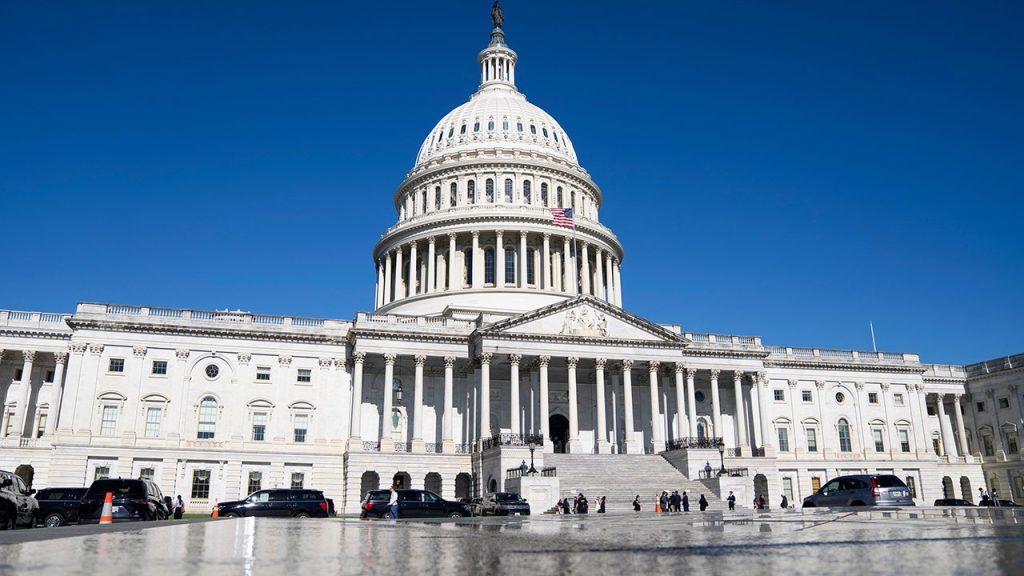The Trump administration’s push to return federal employees to pre-pandemic work arrangements has culminated in a contentious buyout offer, sparking a legal battle with federal employee unions. The administration, aiming to fulfill President Trump’s directives issued early in his term, has offered buyouts to nearly two million federal employees, including remote workers, with a tight deadline of February 6th. This offer, essentially a “deferred resignation,” allows employees to cease work immediately but receive pay and benefits until September 30th. However, this seemingly generous offer has been met with resistance, primarily due to its perceived coercive nature and the lack of clarity surrounding its funding and potential consequences.
The offer excludes certain essential personnel, such as public safety employees and those involved in immigration enforcement and national security. The administration justifies the push for in-person work as a means to restore accountability and improve service to the American people. They cite four key pillars driving this effort: a return to physical offices, increased accountability for policymakers and senior executives, and a merit-based hiring process. The administration emphasizes the importance of face-to-face interaction in government operations. However, unions argue that the administration has not adequately addressed the logistical and financial implications of a potential mass exodus of employees.
Several federal employee unions, including the American Federation of Government Employees (AFGE), have filed a lawsuit challenging the buyout offer. They contend that the offer is “arbitrary and capricious,” violates federal law, and represents a thinly veiled attempt to purge the federal workforce of career employees and replace them with political loyalists. The unions’ primary legal argument hinges on the alleged lack of appropriated funds to cover the buyout costs, raising concerns about the offer’s legitimacy and feasibility. Furthermore, they argue that the administration has failed to consider the potential disruption to government functions if a significant number of experienced employees accept the buyout.
The unions see the buyout offer as an ultimatum: resign now with some compensation or potentially face job loss without it in the near future. They criticize the administration for employing misleading tactics, particularly through a government-wide email promoting the buyout and emphasizing the administration’s commitment to in-person work. This email, while thanking employees who have already returned to the office, also carries an implicit threat of future job insecurity, further fueling the unions’ anxieties. The AFGE president has accused the administration of attempting to “trick” federal employees into resigning and has vowed to protect their rights and interests.
The White House, anticipating a surge in resignations as the deadline approaches, maintains that the buyout offer is a legitimate effort to reshape the federal workforce and improve efficiency. They argue that the return to in-person work is essential for fostering collaboration, communication, and accountability. While initial reports suggested around 20,000 employees had accepted the offer, the White House has indicated that this figure is outdated and the final number is expected to be significantly higher. This anticipated wave of departures adds to the uncertainty surrounding the future of the federal workforce and the potential impact on government operations.
The legal challenge mounted by the unions seeks a temporary restraining order to halt the buyout deadline and compel the administration to articulate a lawful and rational policy. The outcome of this lawsuit will significantly impact the future of remote work in the federal government and the relationship between the administration and its employees. The core issues at stake are the administration’s authority to mandate in-person work, the legality of the buyout offer, and the potential consequences of a significant reduction in the federal workforce. This conflict highlights the ongoing tension between the Trump administration’s efforts to reshape the federal government and the concerns of employee unions about job security and the potential erosion of the civil service.

